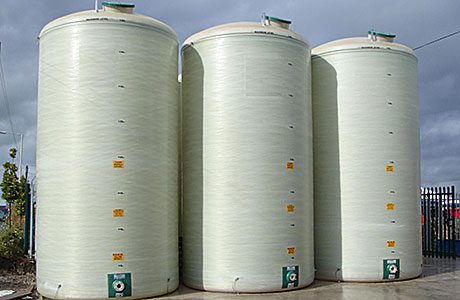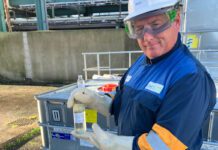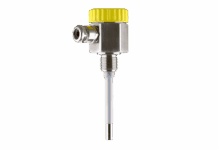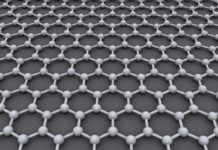 Camplas Technology is playing the numbers game this year as it celebrates 45 years of tank production at its Bridgend factory.
Camplas Technology is playing the numbers game this year as it celebrates 45 years of tank production at its Bridgend factory.
The landmark is underlined by the completion of 400 tanks of 40,000 litre capacity, bringing the total number installed worldwide to 6,000. The company has 13 patents and has won five major awards.
One of the first tanks produced was part of the water treatment plant of Trawsfynydd Nuclear Power Station in North Wales. The tank was used to remove radioactive particles from contaminated water. It was still in use when the plant was decommissioned in 1995. Several have been made for nuclear power stations since and all are now required to be seismically qualified to withstand earthquakes.
Of the 6000 Supertanks in service many are now more than 30 years old – even though the original design life specified in BS4994 was just 20 years – and some have even been recycled for uses other than those for which they were originally designed. In 2009, for example, one customer wanted to upgrade its tank capacities from 28,000 litres to 40,000 litres and returned 20 tanks on a part-exchange basis. The units were then painted, refurbished and recycled for rainwater harvesting. It is anticipated that they should give at least another 20 years service as tests have shown they have not suffered any loss of mechanical strength after 20 years continuous use.
The majority of the 6,000 Supertanks in service are in the range 20,000 litre to 150,000 litres and are used all over the world from ice harvesting in the Arctic circle to water treatment in the Tuvalu Islands, from cider making in Devon to firefighting in Kazakstan. The company holds 13 patents and has received five major awards including the Queens Award for Technological Achievement.
Camplas also manufactures underground tanks ranging from manhole sized ‘mini filters’ used to take out oil from transformer bund water to 300,000 litre storm attenuators. These can be installed in multiples, linked together to provide unlimited storage capacity. Installed correctly they require no maintenance and should last more than 50 years.






